Why Content Automation is No Longer Optional in 2025
There was a time when “doing it manually” sounded noble. Noble, yes—scalable, no. In 2025, brands that still rely on manual content processes are falling behind not just in output, but in relevance, speed, and ROI.
Welcome to the new marketing normal: automation-first content ecosystems. Powered by AI, driven by data, and no longer optional for any business looking to compete online.
And leading this shift is a quiet revolution—intelligent, workflow-native systems like Flowblox AI.
The Content Arms Race is Real
Let’s face it: content volume has exploded. Buyers are more research-driven, multi-channel, and time-poor than ever. B2B companies, startups, agencies—everyone is fighting to earn attention in a digital landscape so saturated it makes Times Square look minimalist.
So how do you stand out?
Not by doing more of the same. But by automating the grunt work, optimizing the repeatable, and allowing your team to focus on strategy and creativity.
Content Automation Isn’t the Future—It’s the Standard
In 2025, content automation has evolved from “experimental” to essential infrastructure.
You need content that:
Meets your audience on the right platform
Aligns with your brand tone
Targets different stages of the funnel
And updates regularly, not once a quarter
Trying to manage this manually? Good luck. (Or a 30-person marketing team.)
This is exactly why Flowblox AI was built—to handle the entire content lifecycle, from ideation to publication, without needing manual prompting, tweaking, or rewriting every step of the way.
Case Study: How a Solo Founder 10x’d Her Content with Flowblox AI
Lee, founder of a S, was juggling product development, customer support, and marketing—all solo. She knew content was key for growth, but writing blogs, emails, and LinkedIn posts manually (or with prompt-heavy AI tools) was draining her time and energy.
Enter Flowblox AI.
With just a few setup steps—defining her audience, uploading sample content, and setting weekly goals—Flowblox took over her entire content pipeline. No prompt engineering. No rewrites.
In just 30 days:
Sarah published 8 blog posts
Re-engaged her email list (48% open rate)
Grew traffic by 35%
Saved 20+ hours monthly
Flowblox AI: Built for Modern Content Operations
Most AI systems still work like vending machines: insert a prompt, get one output. But Flowblox AI is different.
It was designed from the ground up to operate as a full content automation system, not just a text generator. That means:
No More Manual Prompting
You don’t need to engineer clever prompts for every new blog, campaign, or email. Flowblox understands your goals, audience personas, and tone of voice from the start.
Pre-Built, Adaptive Workflows
Want to go from a product launch idea → blog post → LinkedIn thread → email nurture series? Flowblox handles the entire pipeline without you switching tabs, tools, or writing prompts manually.
Brand Voice Consistency at Scale
Flowblox captures your brand language once and applies it automatically across every channel—whether you’re writing for enterprise buyers or indie creators.
Intelligent Scheduling and Distribution
Not only does it write and structure content, it can also queue it up for publishing across your stack (CMS, email, social, etc.).
In other words: set the strategy, and Flowblox takes it from there.
The Hidden ROI of Content Automation
Let’s talk numbers. Automating your content operations with a system like Flowblox unlocks several compounding returns:
Time savings: Teams report up to 70% reduction in time spent on drafting and editing.
Consistency: Scheduled content gets published—no more “who forgot to hit post?”
Scalability: What used to take a week now takes hours.
Focus: Your team stops babysitting prompts and starts steering strategy.
And because Flowblox doesn't rely on one-off prompt engineering, you avoid the trap of micromanaging AI like an intern who needs constant direction.
SEO Isn’t Dead—But It Is Automated
Despite what the doom-posters say, SEO is alive and well. It’s just no longer manual.
Flowblox integrates SEO optimization into the content creation process itself:
Keyword intent is mapped intelligently into the structure
Headers, meta data, and internal linking are handled automatically
Content clusters can be planned and executed in a fraction of the time
And since Flowblox understands topical relevance, not just keywords, your content performs better—not just ranks better.
Not Just Automation—Autonomy
The biggest leap forward in 2025 isn’t automation. It’s autonomy.
Flowblox doesn’t just follow instructions. It learns from your past campaigns, adapts to new goals, and continuously optimizes the way your content is produced and distributed.
You set the rules—Flowblox runs the playbook.
That means:
Less micro-managing AI
More orchestrating outcomes
Fewer spreadsheets
More campaigns actually launching on time
Built for Marketing Teams of All Sizes
Whether you're a solo founder juggling a dozen hats or a content leader managing a global team, Flowblox fits seamlessly into your workflow.
Startups can launch with no-code automation from day one
Agencies can serve more clients without adding more headcount
Enterprises can ensure messaging stays on-brand across all regions and departments
It’s the marketing equivalent of plugging your brain into a production engine—and watching your strategy come to life across channels.
Final Thought: Scale Is No Longer a Luxury
In today’s market, the ability to scale isn’t a competitive advantage—it’s a requirement.
Manual content creation, disconnected tools, and spreadsheet-driven planning just can’t keep up. You need a system that doesn’t just assist you, but runs with you.
Flowblox AI is that system. It doesn’t just automate tasks—it builds and scales your entire content operation without the friction of prompting, the fatigue of micromanagement, or the risks of inconsistency.
2025 is the year of automated content.
With Flowblox AI, it’s not just possible—it’s painless.


